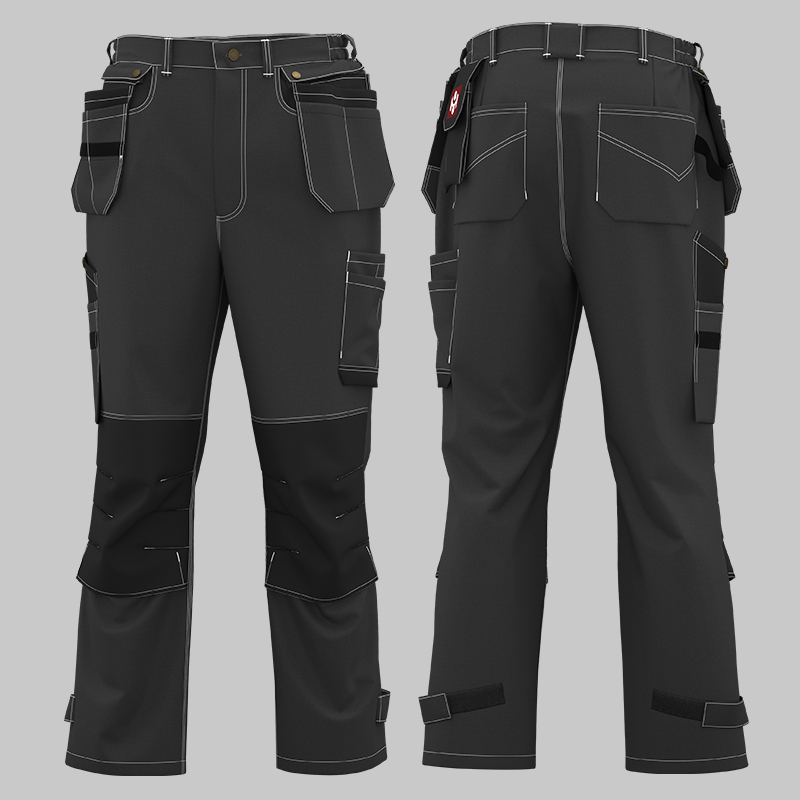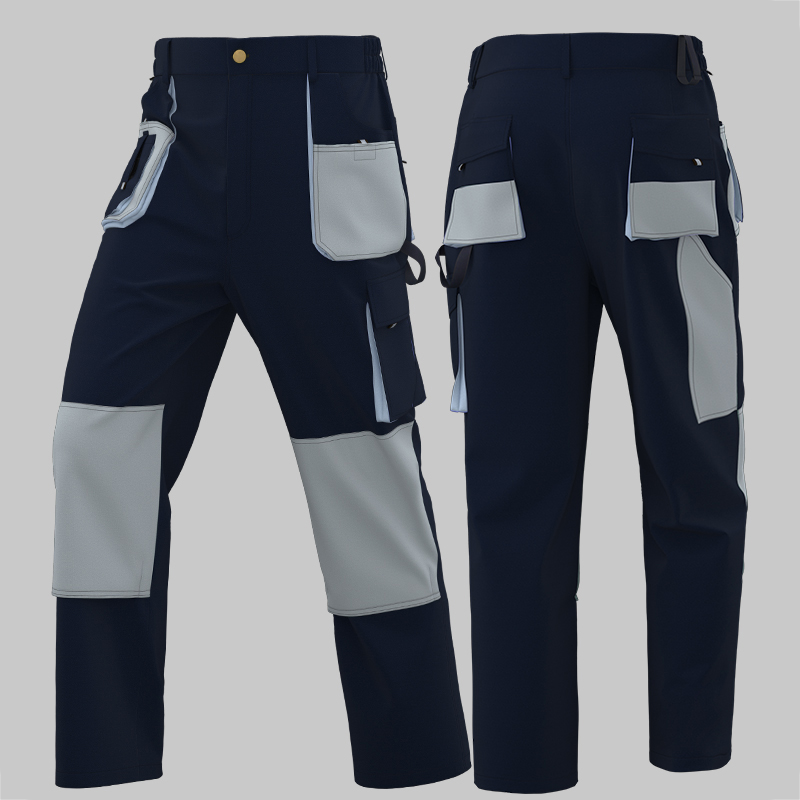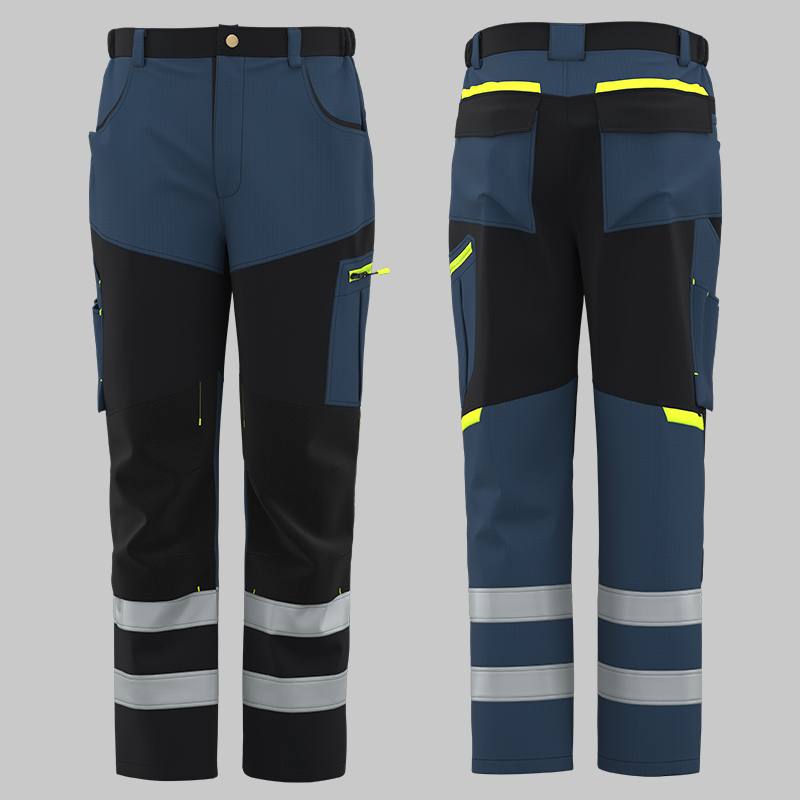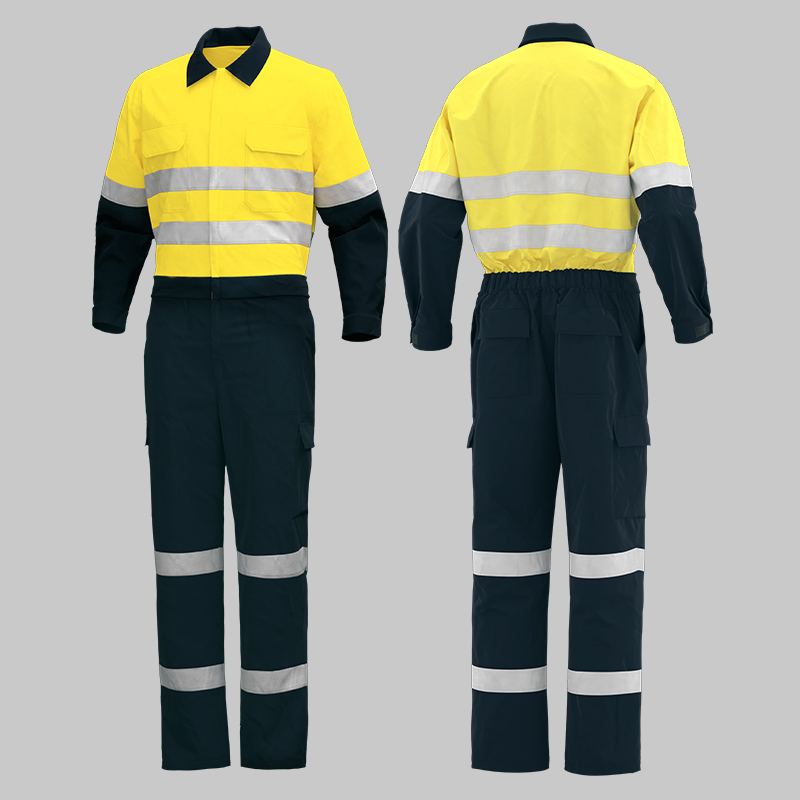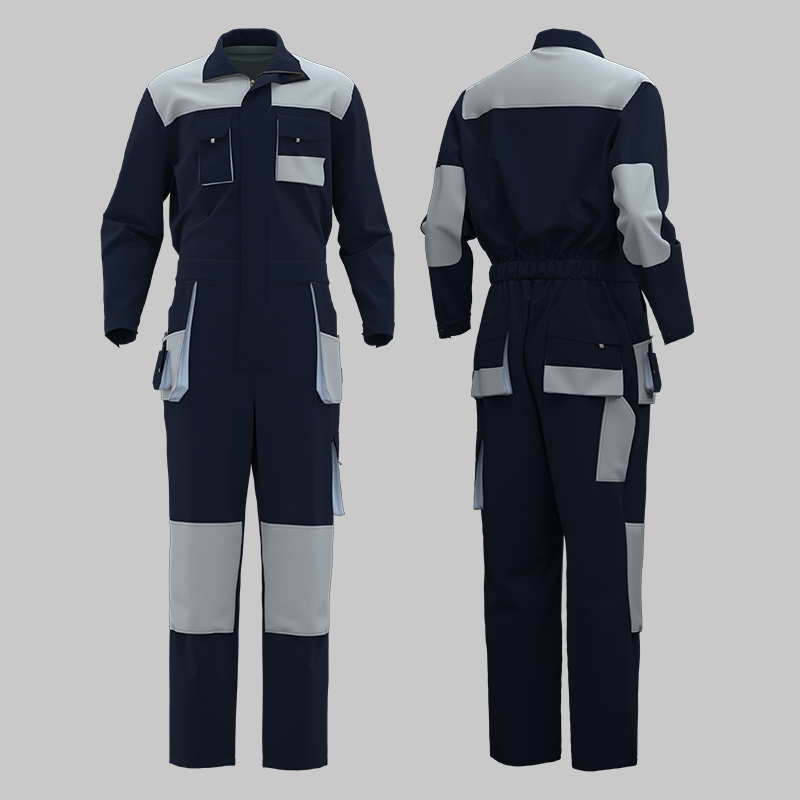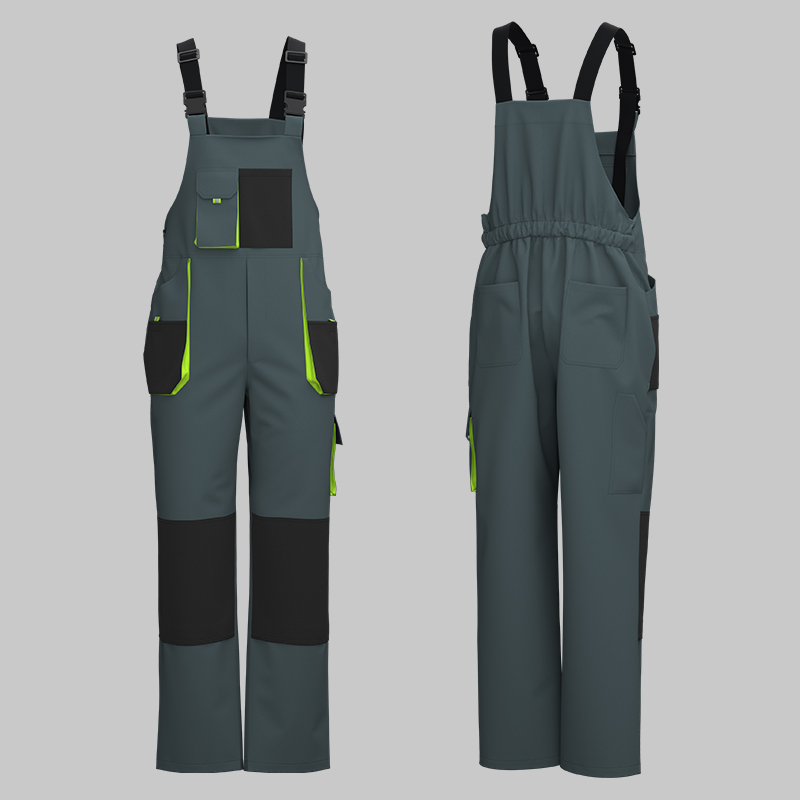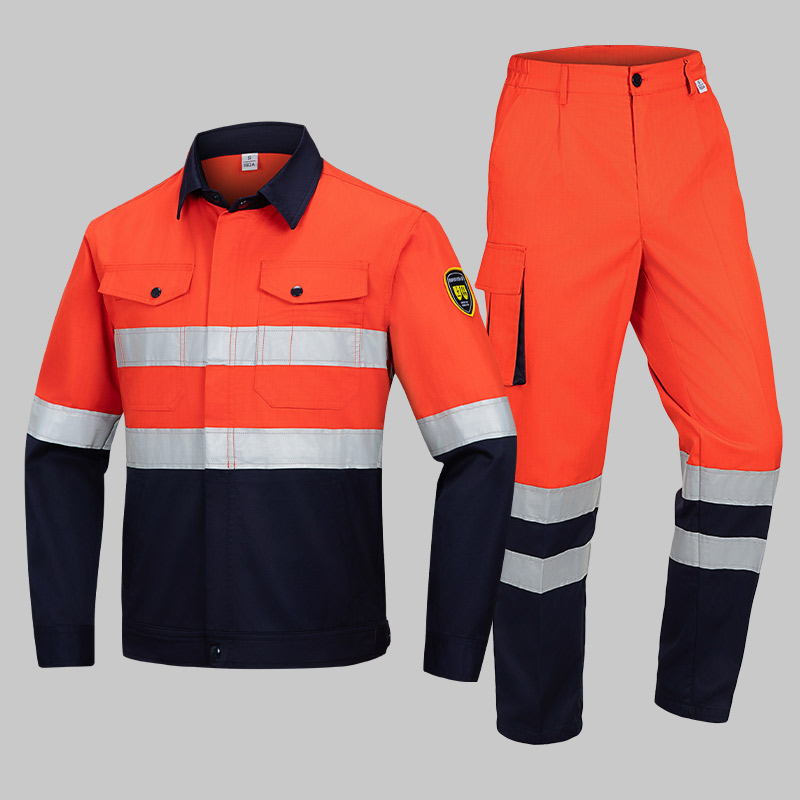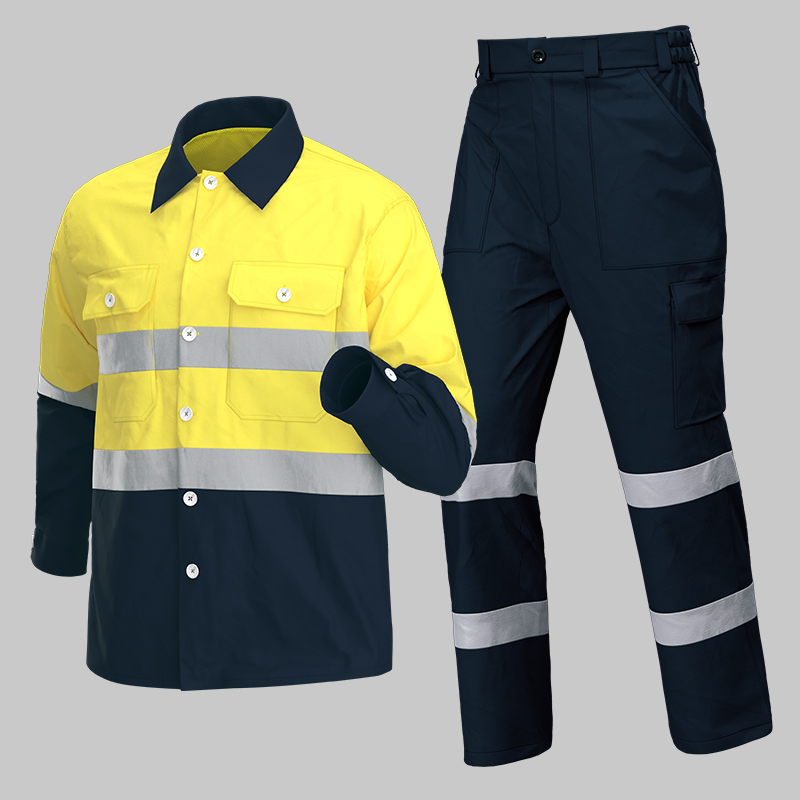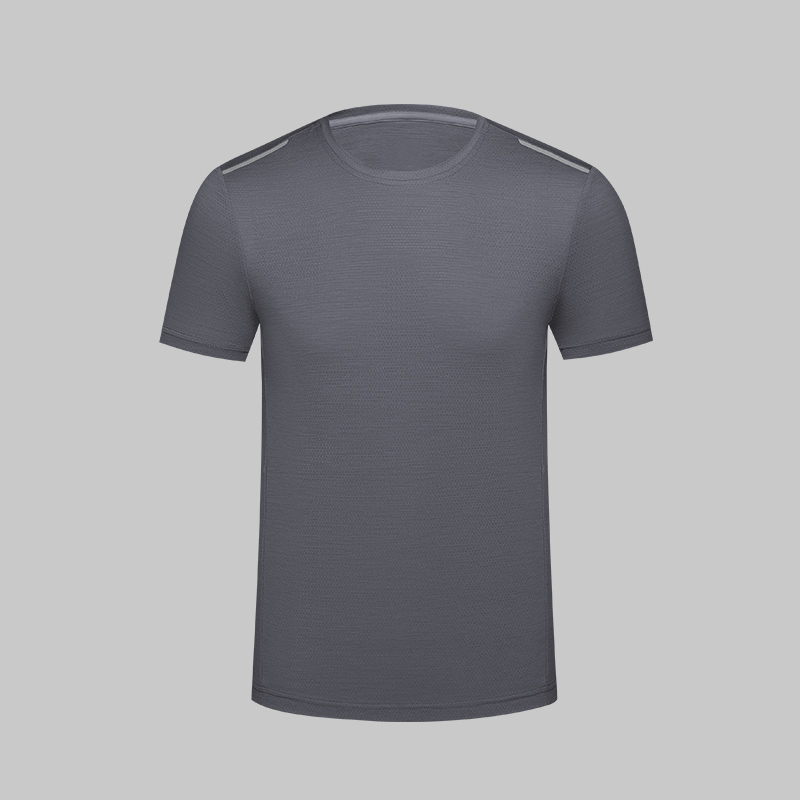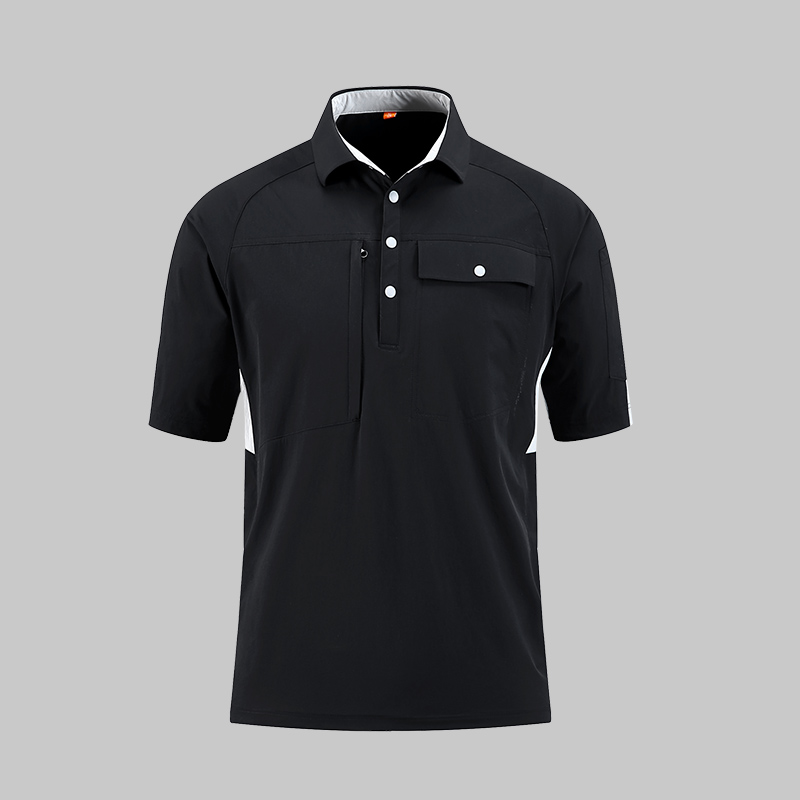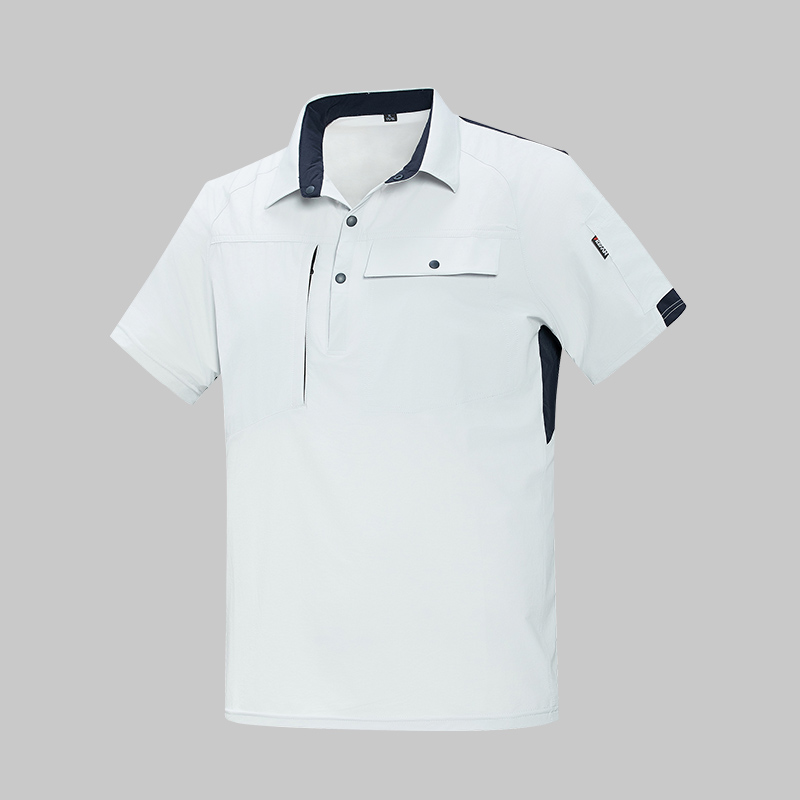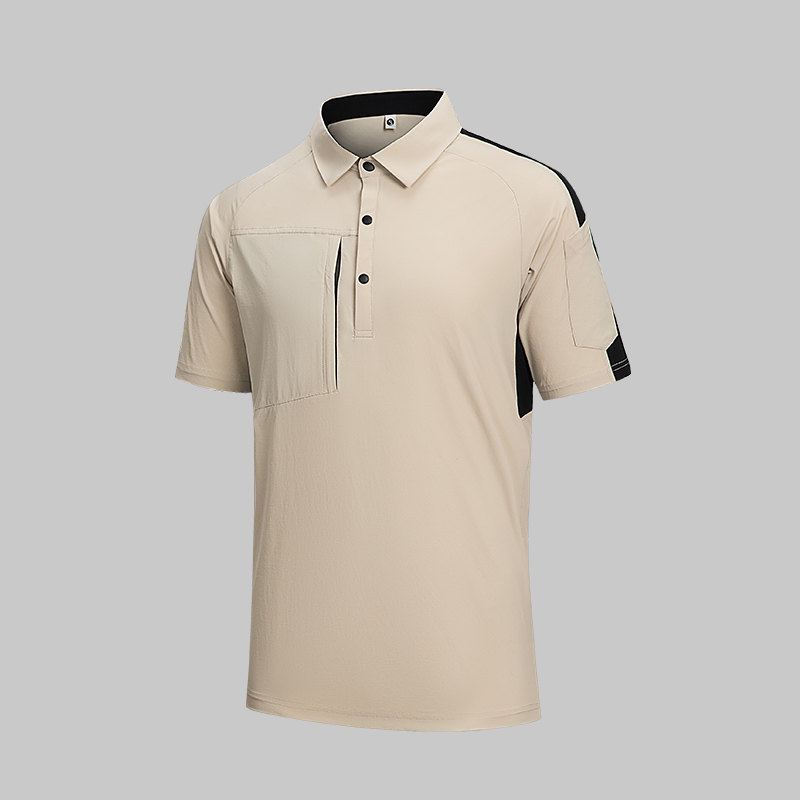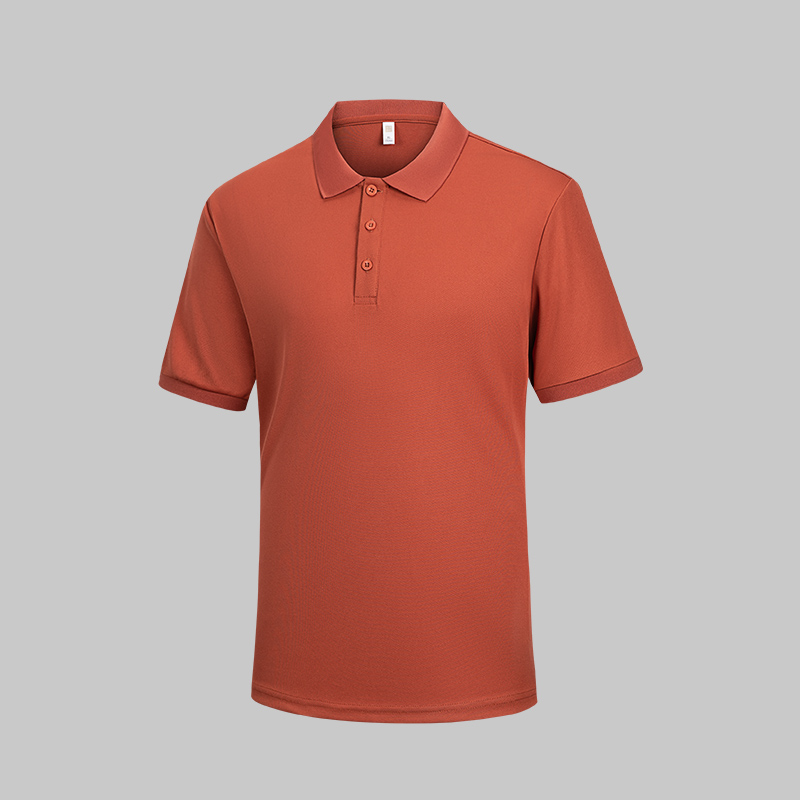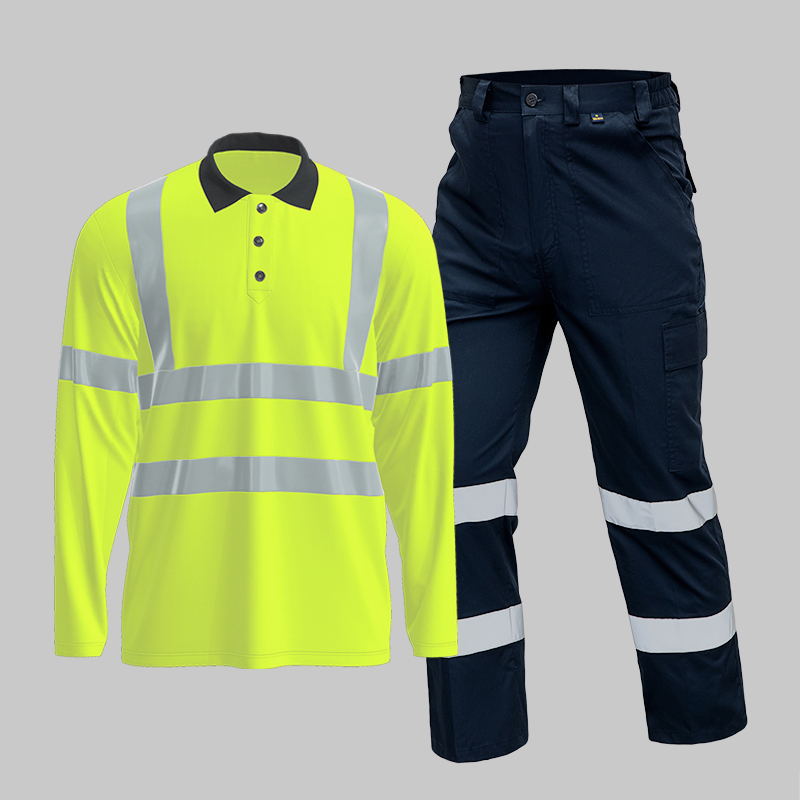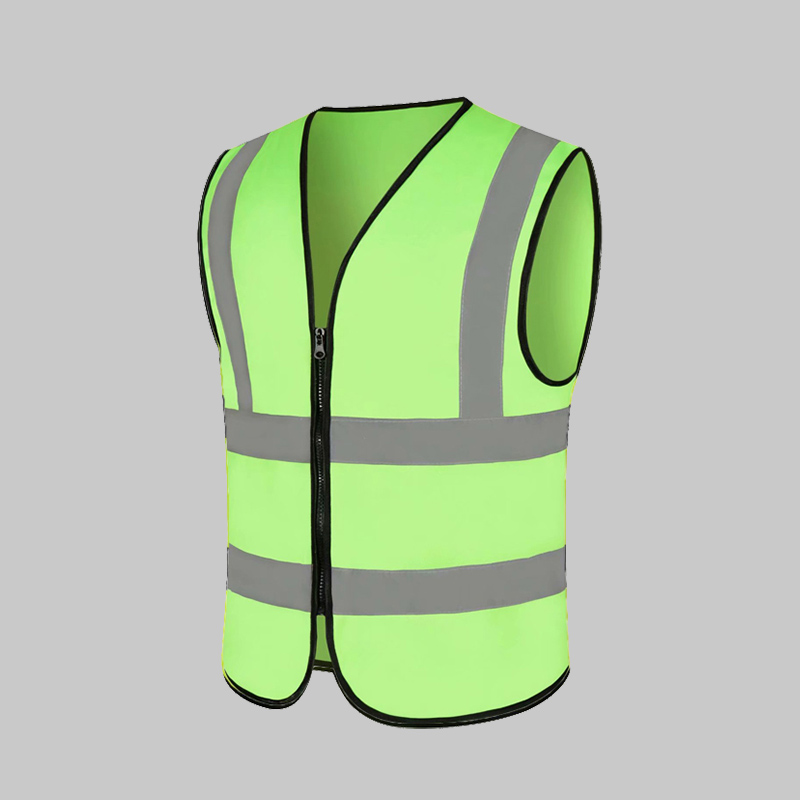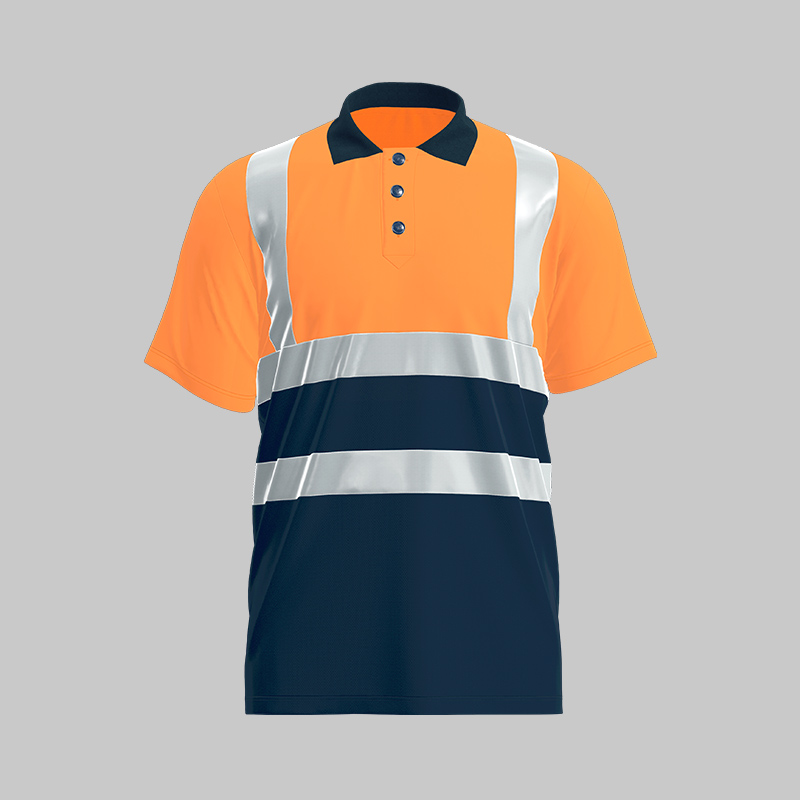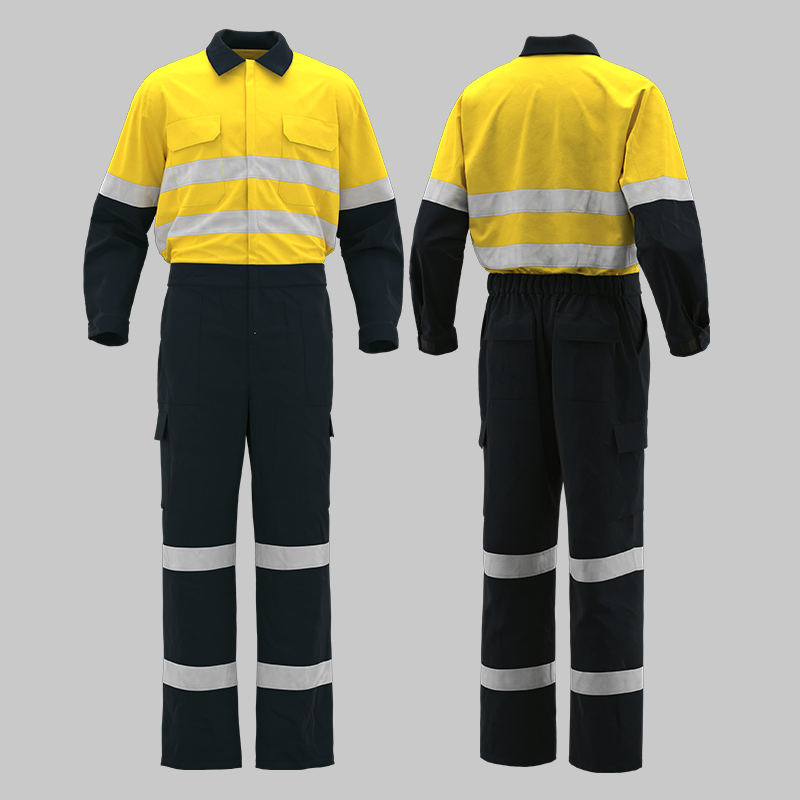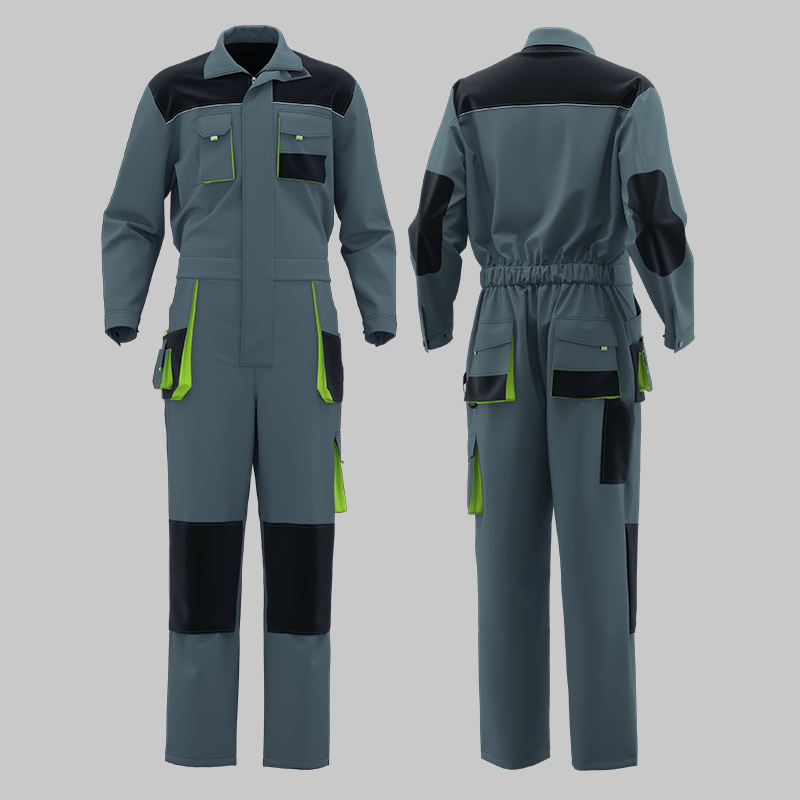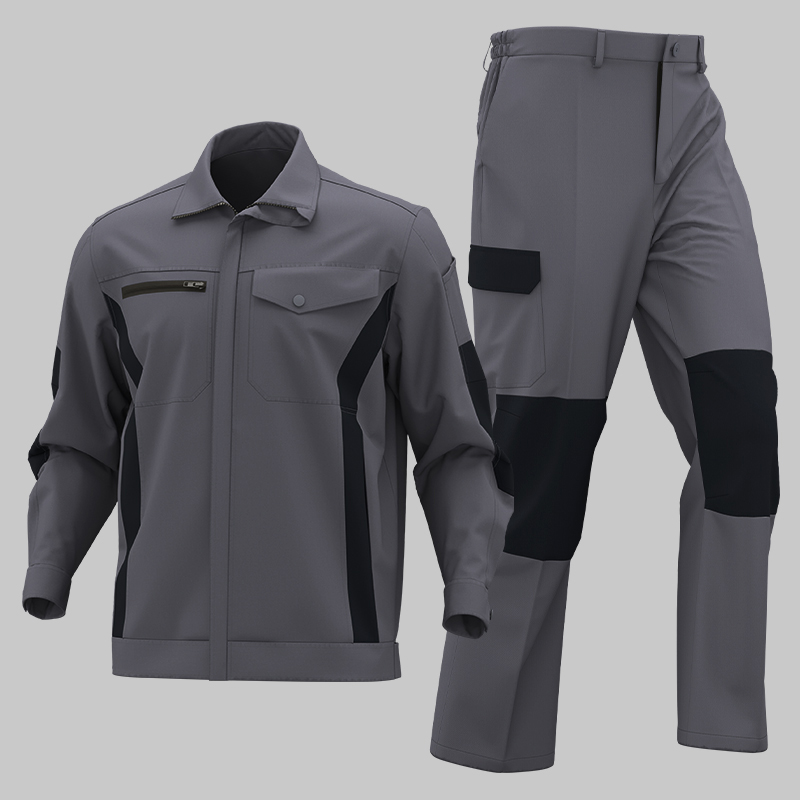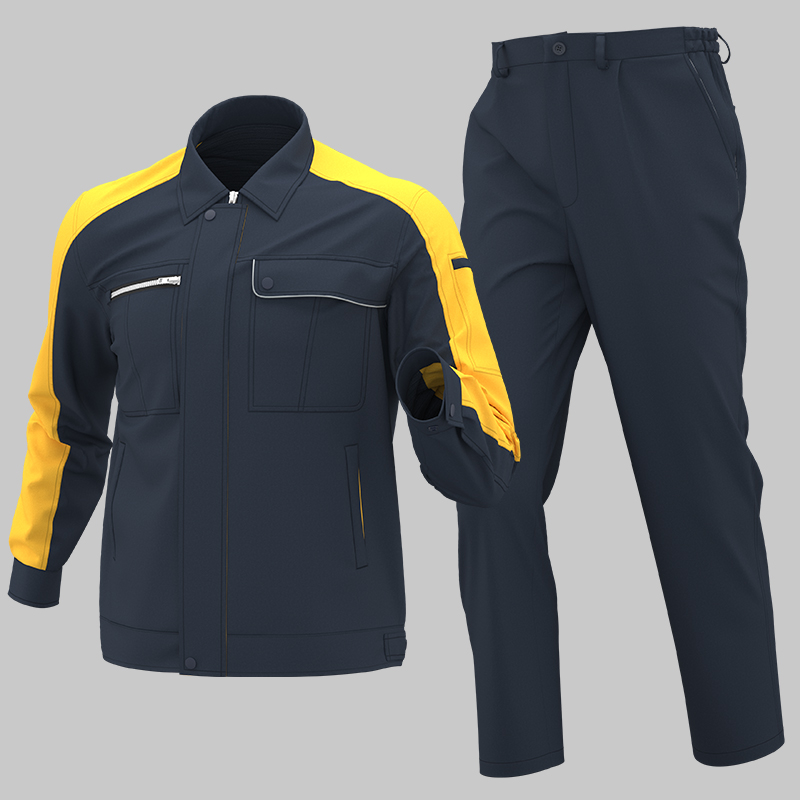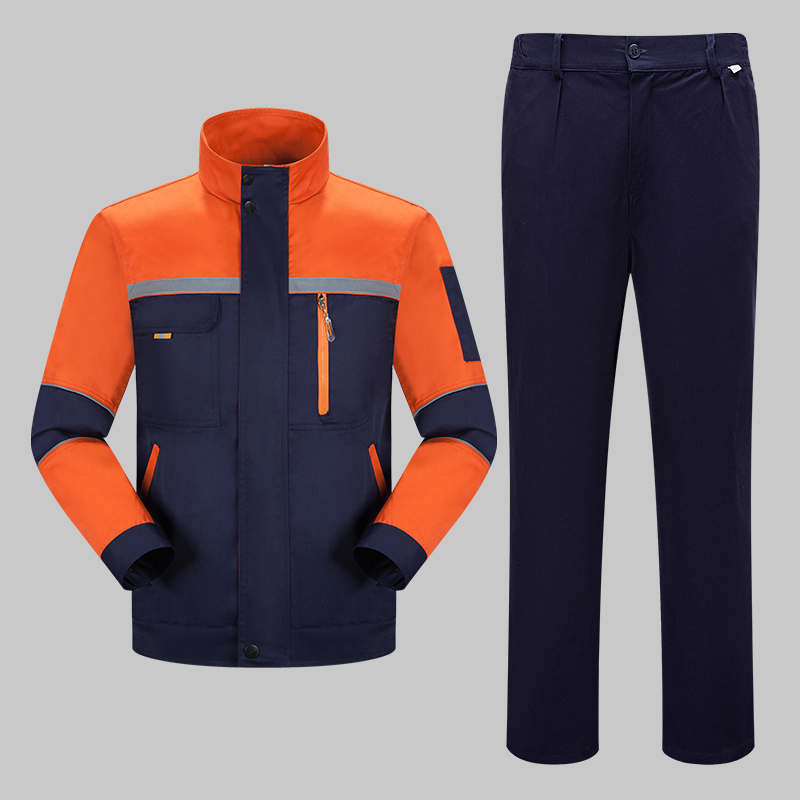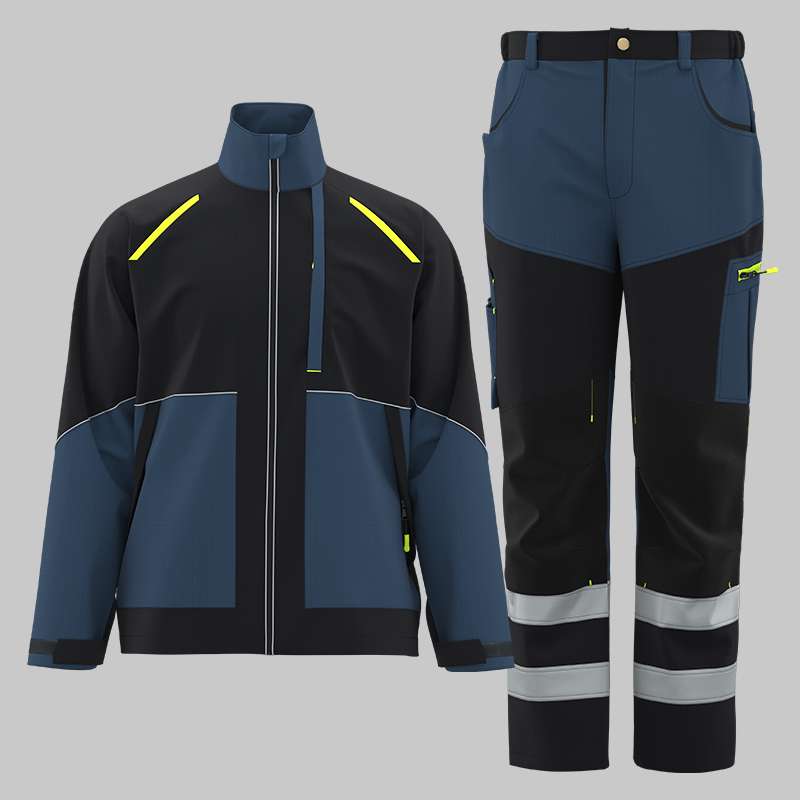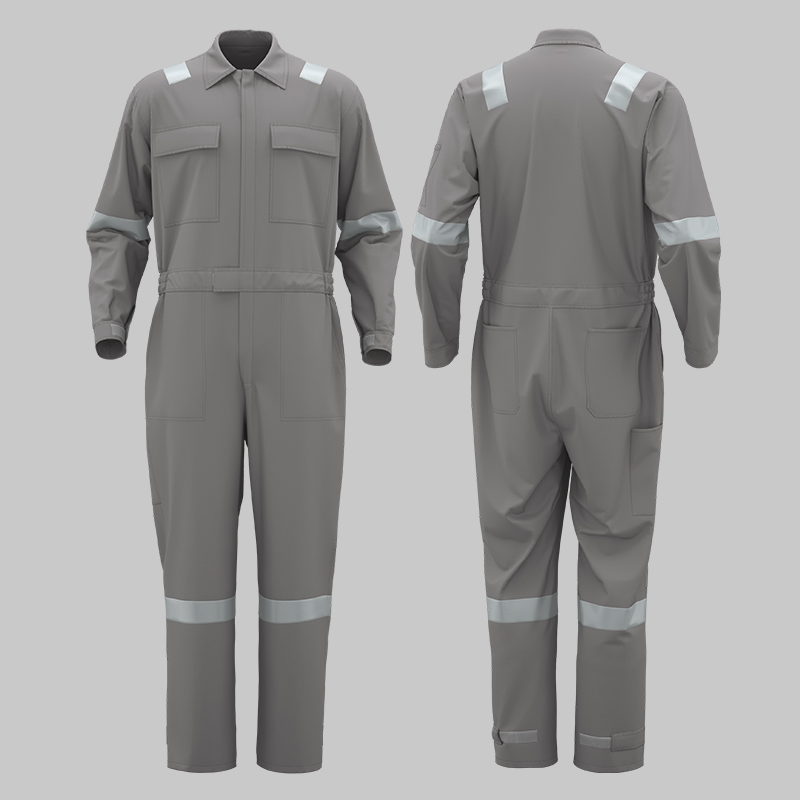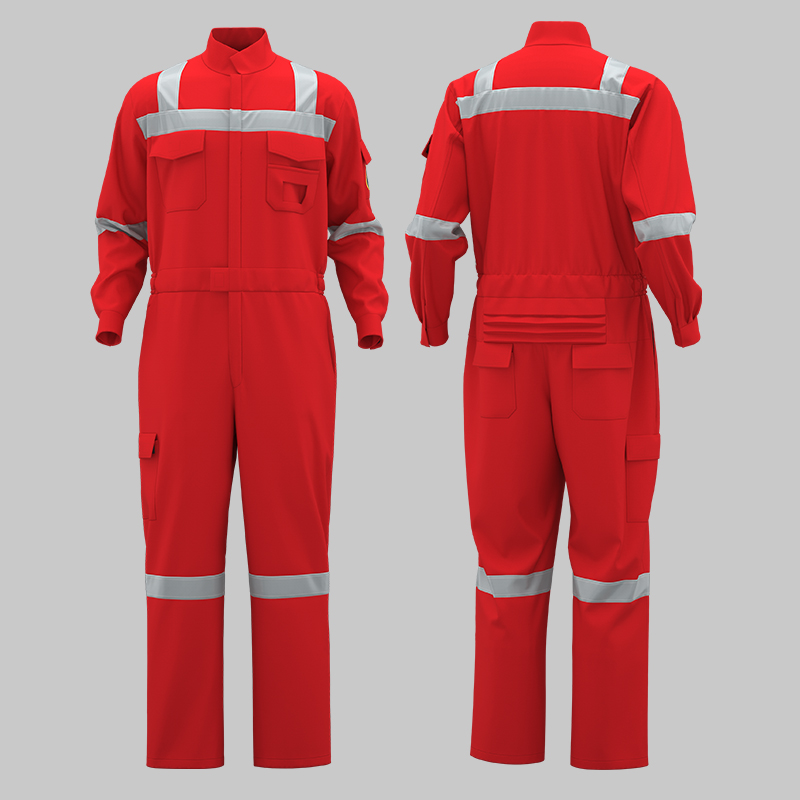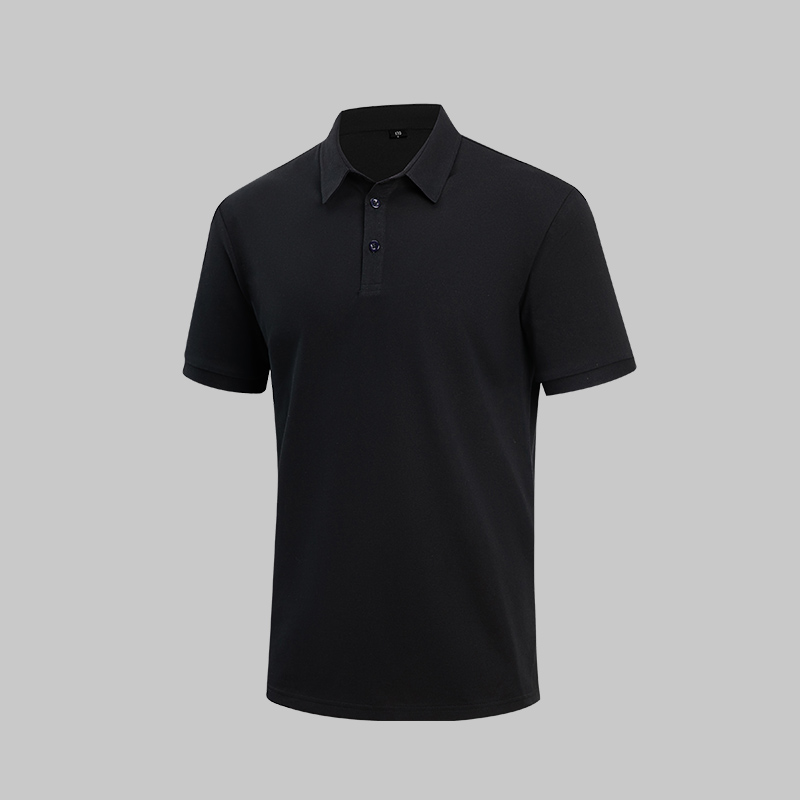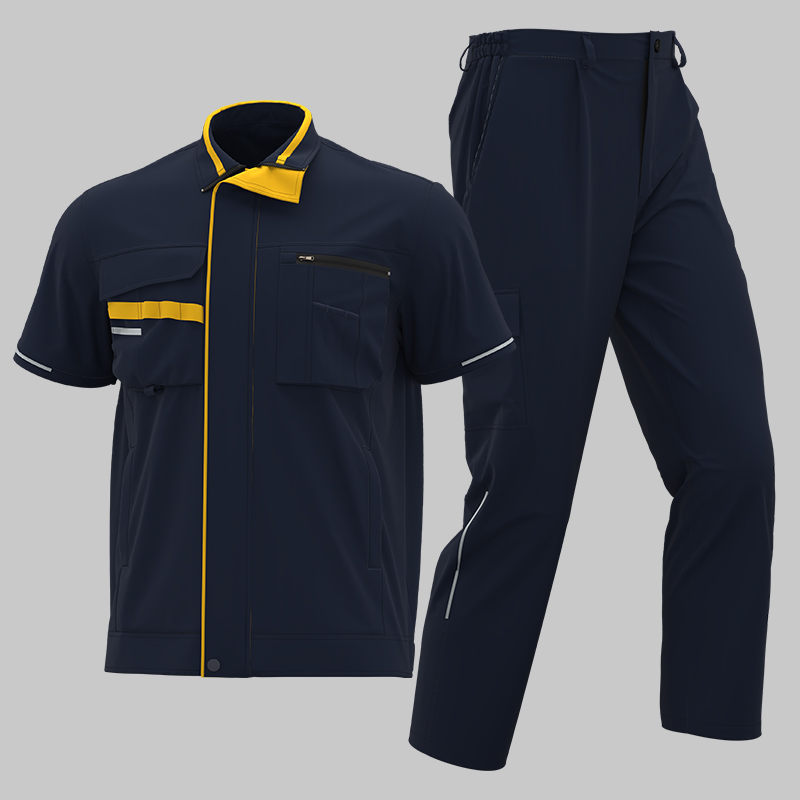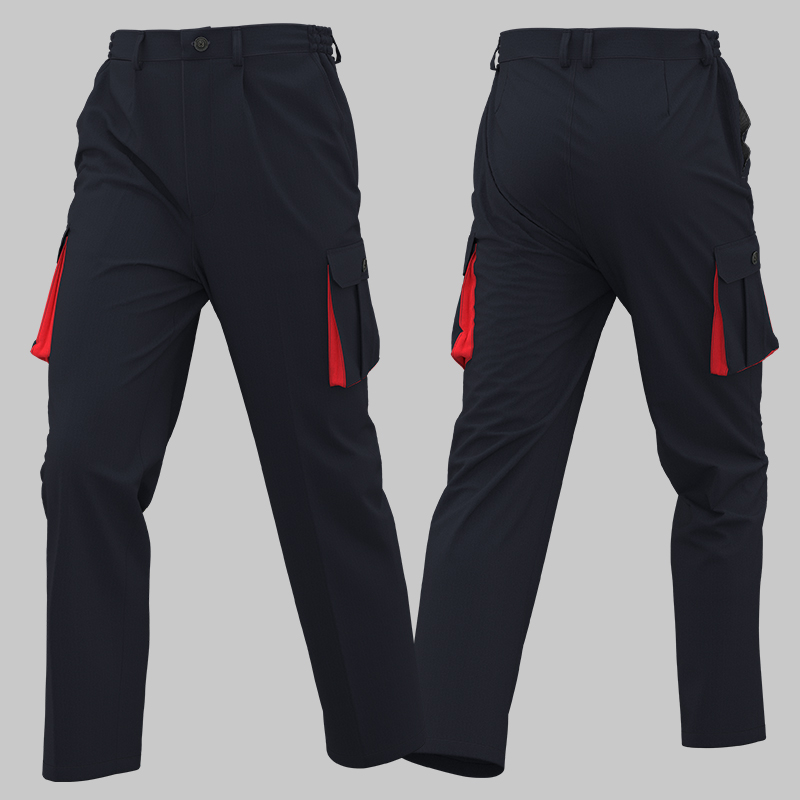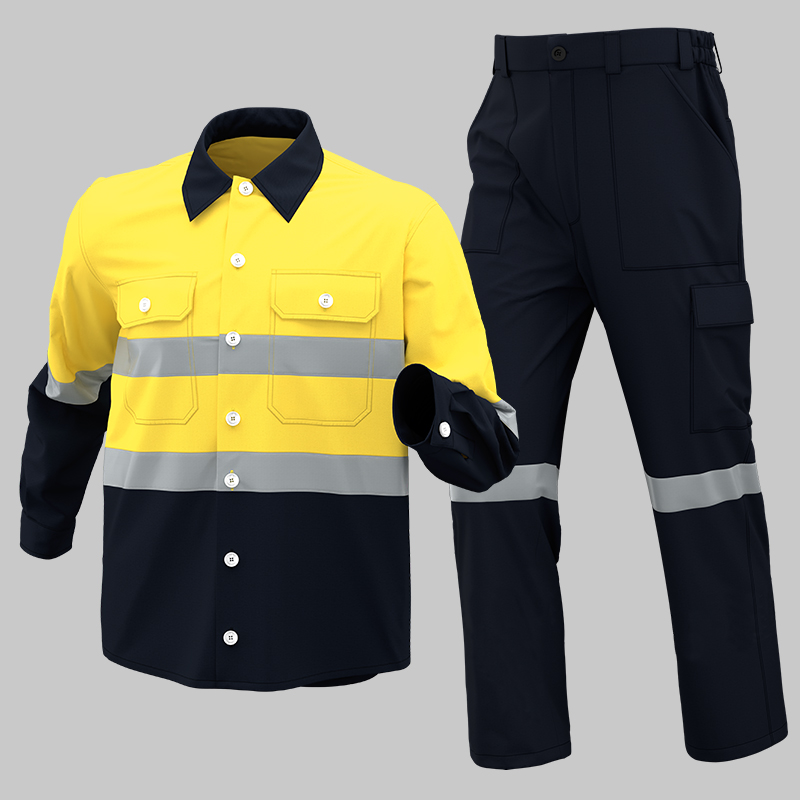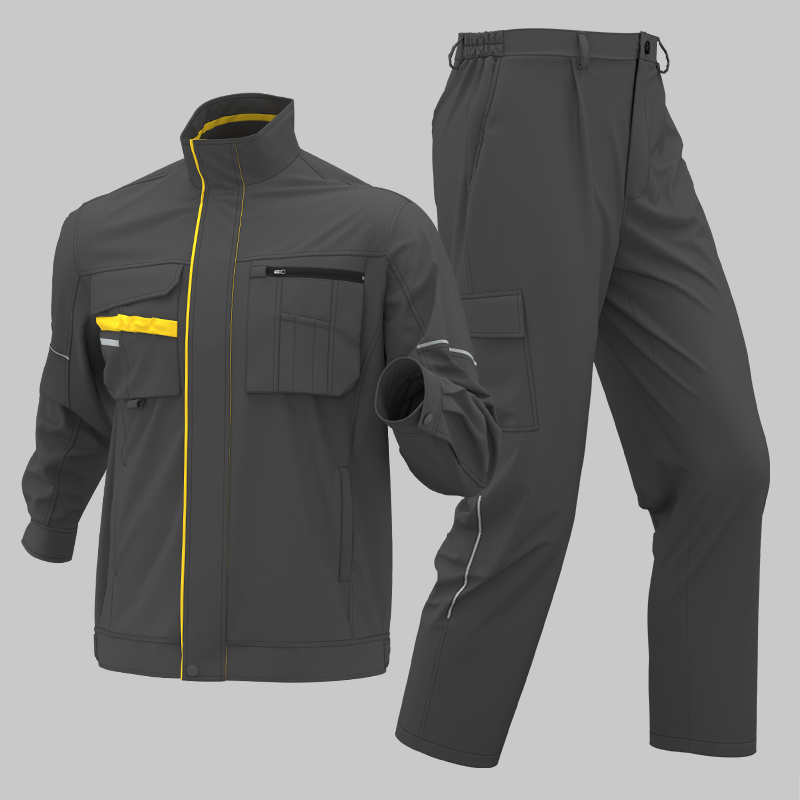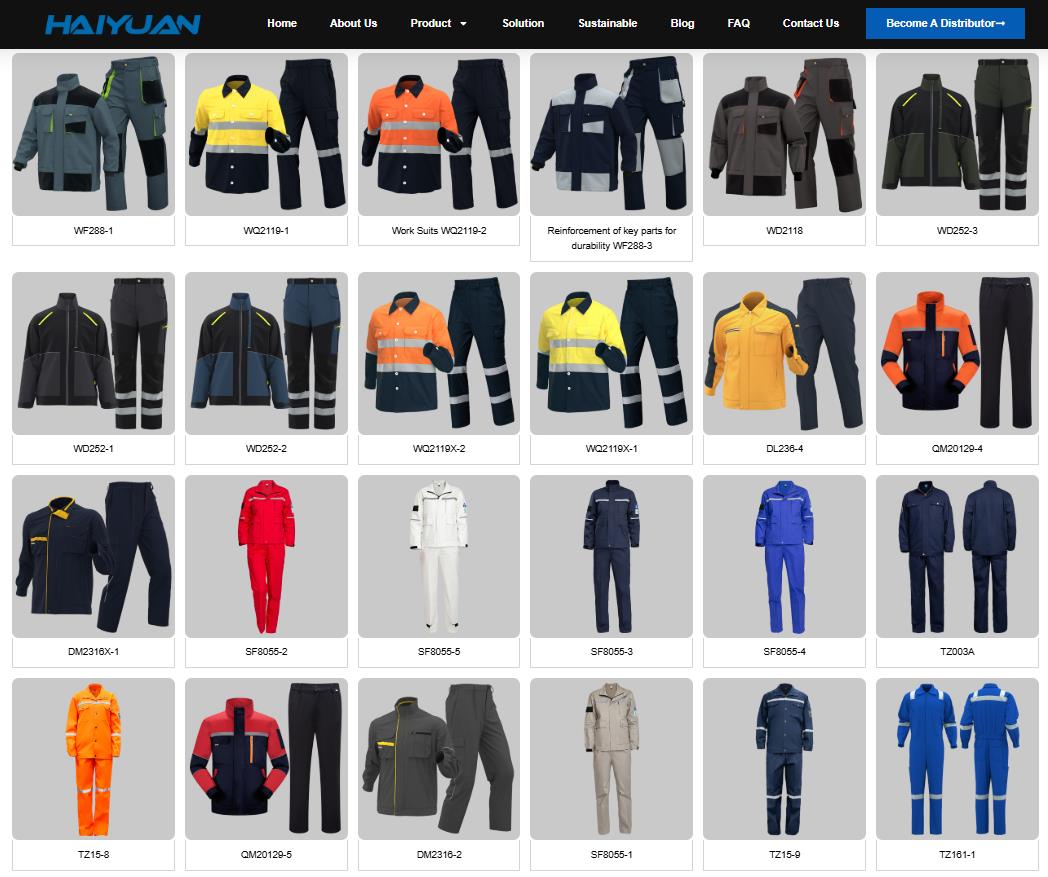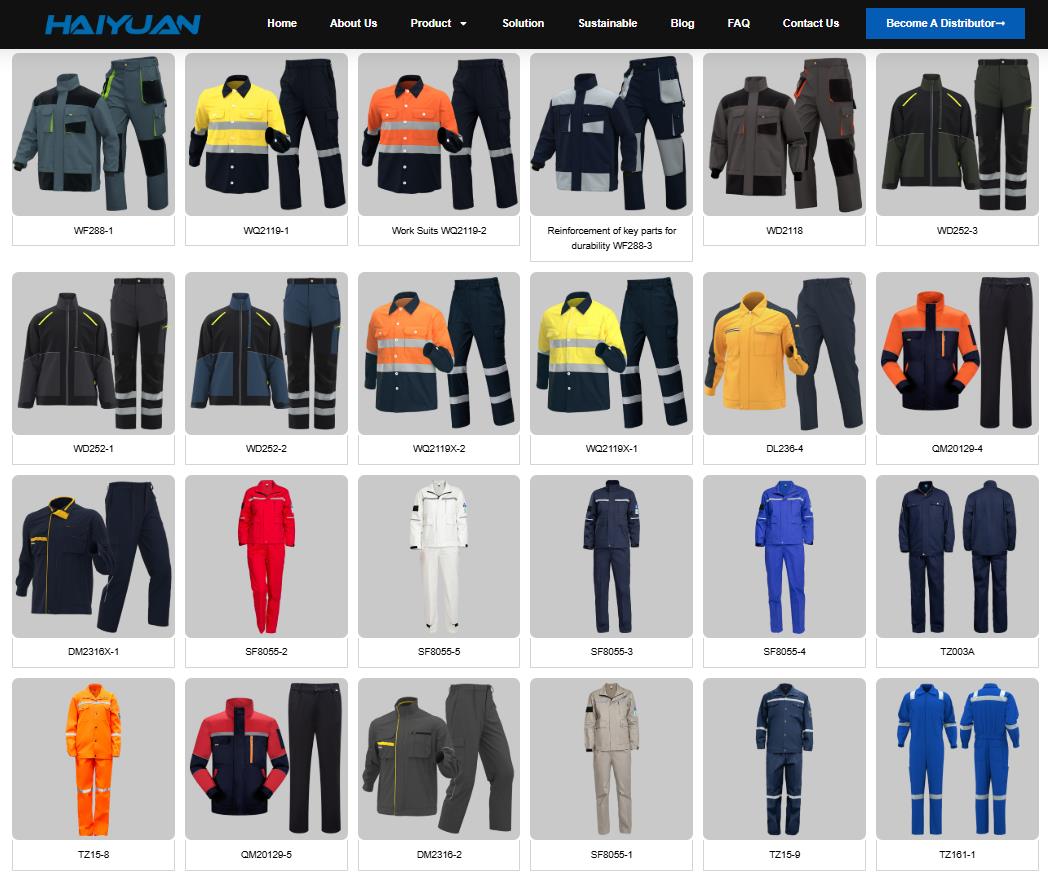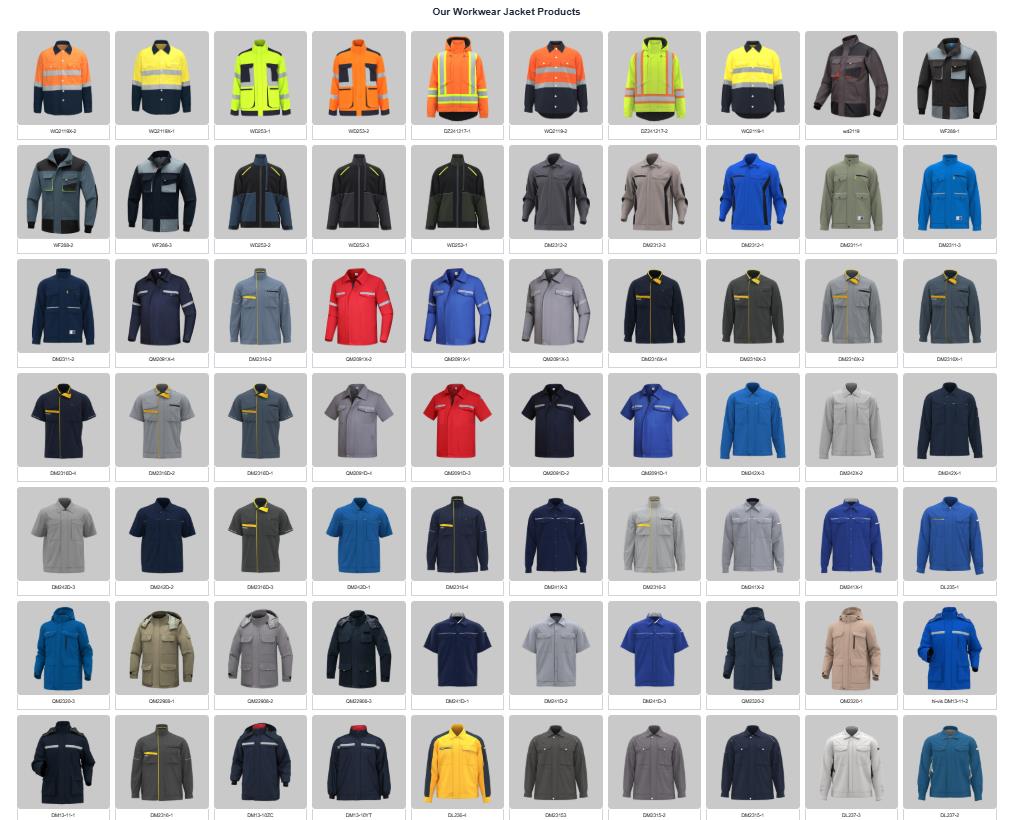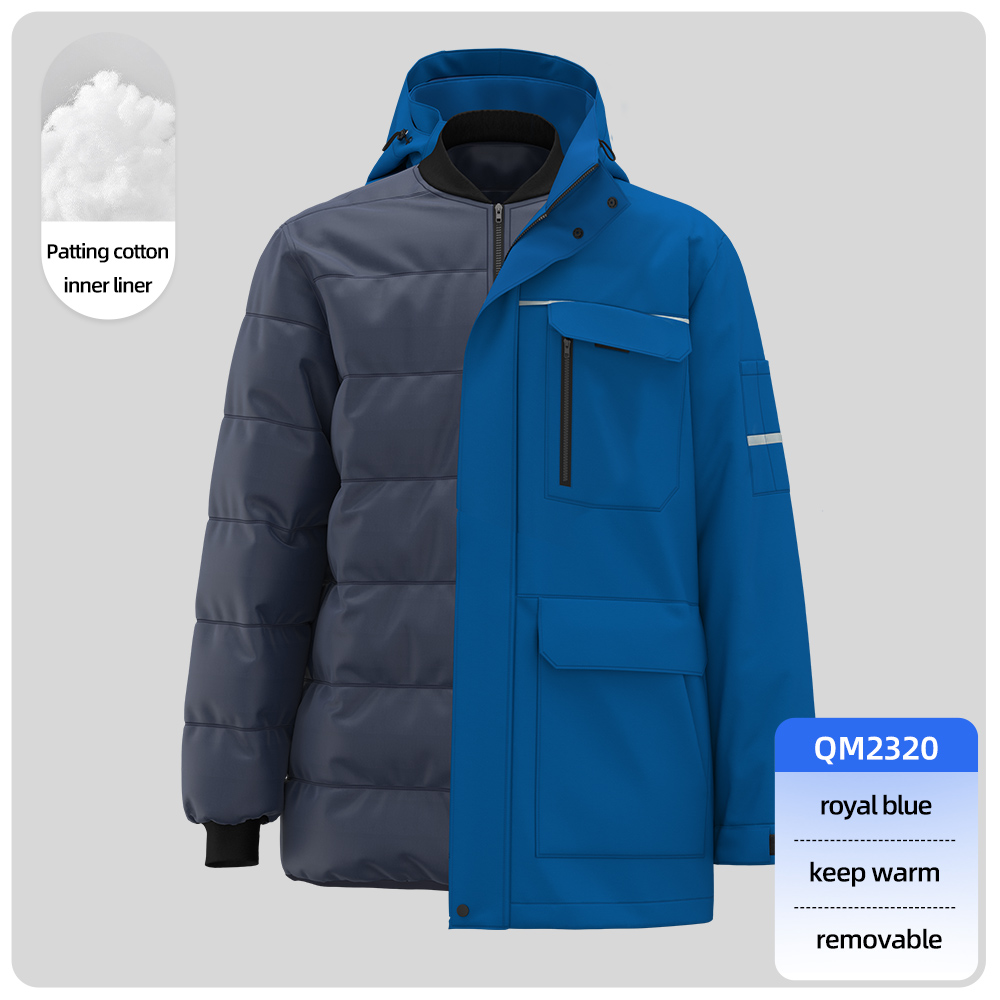Choosing the right work clothes for the automotive industry is crucial for safety, comfort, and functionality. The best options depend on the specific role (e.g., mechanic, assembly line worker, paint tech, engineer), but here are the key characteristics and types suitable for most environments:
-
Material & Construction:
-
Durable Fabrics: Heavyweight cotton (like duck canvas), cotton blends, denim, or synthetic blends designed for industrial wear. They must resist abrasion from tools, sharp edges, and rough surfaces.
-
Flame Resistance (FR): Highly recommended, especially near fuel, batteries, welding, or electrical work. Look for FR-rated fabrics meeting standards like NFPA 2112 (flash fire) or NFPA 70E (electrical arc flash). Cotton is naturally somewhat FR, but treated FR cotton or inherent FR synthetics (like Nomex, Modacrylic blends) offer superior protection.
-
Oils & Chemicals: Fabrics should repel common automotive fluids (oil, grease, coolant, solvents) to prevent skin contact and make cleaning easier. Teflon coatings or inherent oil-repellent synthetics help.
-
Breathability & Comfort: Especially important in hot workshops. Cotton and cotton blends are generally more breathable than heavy synthetics. Look for moisture-wicking properties.
-
-
Key Garments:
Work Pants / Trousers:
-
-
Cargo Pants: Extremely popular. Offer multiple deep pockets (hammer loop, ruler pocket, tool pockets) for carrying tools and parts. Reinforced knees are essential for kneeling.
-
-
-
Jeans: Classic choice (denim). Good durability but often lack specialized pockets. Ensure they are heavyweight.
-
-
-
Coveralls / Overalls: Provide full-body coverage, excellent for dirty jobs, painting, or working under vehicles. Bib-overalls offer more flexibility than full coveralls. Choose FR versions for hazardous areas.
-
-
-
-
Work Shirts:
-
Long-Sleeve Button-Ups: Provide better arm protection from scratches, burns, and chemicals. Roll-up sleeves offer flexibility. FR options are vital near hazards.
-
-
-
-
-
Polo Shirts: Common in less physically demanding roles (service advisors, parts counters, some engineers) or warmer climates. Usually company-branded.
-
-
-
-
-
T-Shirts: Only suitable under other protective layers (like coveralls) or in very specific, low-risk environments. Avoid loose-fitting tees.
-
-
-
-
-
High-Visibility Shirts/Vests: Essential for anyone working near moving vehicles (forklifts, cars in the shop, assembly lines). ANSI Class 2 or 3 depending on risk.
-
-
-
Essential Safety Features:
-
Snap or Hook-and-Loop Closures: Safer than buttons near rotating machinery (less likely to get caught).
-
No Loose Ends or Dangling Straps: Minimize entanglement hazards.
-
Close Fit (but not tight): Baggy clothing easily snags. Clothes should allow full range of motion without excess fabric.
-
Reinforced Knees: Double-layered fabric or pockets for knee pads are crucial for mechanics.
-
Reflective Piping/Striping: Adds visibility in low-light areas, even if not a full hi-vis garment.
-
-
Footwear (CRITICAL):
-
Steel-Toe or Composite-Toe Boots: Protect feet from heavy falling objects (engines, tools, parts). ASTM F2413 standards.
-
Slip-Resistant Soles: Oil, grease, and coolant make floors slippery. Look for soles specifically rated for oil/grease resistance.
-
Puncture-Resistant Soles: Protect against nails, sharp metal shards.
-
Electrical Hazard (EH) Rating: If working with electrical systems (including hybrid/electric vehicles).
-
Ankle Support: Provides stability.
-
Durable Uppers: Leather or synthetic materials resistant to oils and chemicals. Waterproof/resistant can be beneficial.
-
Metatarsal Guards: Added protection for the top of the foot in high-risk areas (e.g., heavy assembly).
-
-
Other Essential PPE (Often worn with work clothes):
-
Safety Glasses/Goggles: Mandatory eye protection from flying debris, chemicals, dust.
-
Gloves: Task-specific (mechanix for grip, nitrile for chemicals, cut-resistant for sheet metal, welding gloves).
-
Hearing Protection: Earplugs or muffs in noisy environments (impact wrenches, shop air, production lines).
-
Respirators: For painting, sanding, working with strong chemicals/solvents, or dusty environments.
-
Summary of Recommendations by Role:
-
-
Mechanic / Technician: FR-rated cargo pants or durable jeans (with reinforced knees) + FR long-sleeve shirt (or FR coveralls). Essential safety boots. Heavy-duty gloves.
-
-
-
Assembly Line Worker: Company-provided uniform (often FR coveralls or shirt/pants sets) likely required. Safety boots (often metatarsal guards needed). High-vis likely required.
-
-
-
Paint & Body Technician: Disposable coveralls or specialized paint suits (chemical resistant, lint-free). Respirator essential. Safety glasses/goggles.
-
-
-
Service Advisor / Parts Counter: Company-branded polo shirt or button-down + durable pants (khakis, dark jeans). Safety boots may still be required if entering shop areas. Less focus on heavy FR, but still avoid synthetics that melt.
-
-
Engineer / Manager (Shop Floor): Similar to mechanics if hands-on. If mostly observing, durable pants (chinos, jeans) + polo/long-sleeve shirt + safety boots are minimum. Hi-vis vest often required on the floor.
Always prioritize garments that meet relevant safety standards (NFPA, ASTM, ANSI, ISO) for your specific tasks and workplace hazards. Consult your employer’s specific safety dress code, as they often have mandatory requirements. Comfort and durability directly impact productivity and long-term well-being in this demanding field.
Further reading:

